
UPDATE: If you are having trouble sourcing timber for carving we are now selling spoon blanks, billets and green wood. For those of you on the west coast, Little Bear Sloyd also sells green wood spoon blanks. These are a great way to get started click here to see what is available. If you are into carving seasoned timber please see the list of Timber Specialists here. You might also like to read our article on Australian Green Woods for carving.
When I began my spoon carving journey, I was enthralled with videos of carvers in the UK and US sitting amongst woodlands quietly whittling by the fire. Using Axe and Knife they carved out beautiful creations from Birch, Poplar and Sycamore.
Carving in Australia is a very different story. Our trees are known to be much harder than on other continents and the high tannins in our sap are more taxing on our tools.
Most of us aren’t blessed with managed woodlands just around the corner, so where do you source the wood for your spoon carving hobby?
When I was starting out it was largely a case of trial and error as I assessed what I had in my own backyard.
The first green wood spoon I carved was from box elder. It did the job but didn’t have a whole heap of personality. A few months later a friend had a banksia come down so I scored a trailer load which carved beautifully. Banksia is a more readily available wood in Australia so I would encourage you to seek it out in your own neighbourhood.
We have a Camphor Laurel growing in our front yard so I took to it with my Pocket Boy and the results were pleasing. It proved an easy wood to carve and being a noxious weed there are no permits required for cutting it. This wood starts off rather plain and boring but I’ve found as it ages, it builds character and it also happens to smell amazing as you carve it.
Still not overwhelmed with choice, I called all the arborists in the local area. I supplied a list of suitable timbers that I was seeking, asking for any branches or logs they could spare. I’ve not had any luck in this department but I would urge other carvers to give it a try, as you could score some quality timber for a case of beer or less.

Not having any luck with arborists, I next tried a local gardener. This has been more successful. Where there isn’t a whole lot of value add for an arborist to offload their wood, for a groundskeeper/property maintenance worker I found I was doing them a favour. I have so far scored Silky Oak, Camphor Laurel, Magnolia and more via this channel and it is currently my best source of wood for carving. Make sure to let your contact know that fruit trees are a score, as quite often they will be required to prune or maintain them so you may be able to reap the rewards.
I’ve been known to stop on the side of the road and go through people’s bulk green waste collection looking for wood – my portable Pocket Boy has proved handy for this purpose. Anytime a chainsaw starts up in the area, my ears prick up and I head out looking for the source. I would encourage you to do the same, talk to your neighbours and friends and you never know what you will end up with.
I’ve seen some great examples of bamboo carving and would like to give this a try one day too as it is readily available in my area. The bottom line is that there is more than likely carving material around you that you aren’t aware of. Even if you think it may not be suitable, give it a try and you never know what discoveries you will make. Talk to neighbours and people in your community, make it known what you are after and eventually the wood will come to you. The promise of a hand carved spoon may sway them your way.
All that said, be careful as some timbers can be poisonous so do your research before you make the cut.
Do you have any great tips for sourcing wood for your Spoon Carving or Green Woodworking projects? Let us know in the comments (make sure to check out Brads comments below for some more excellent ideas).


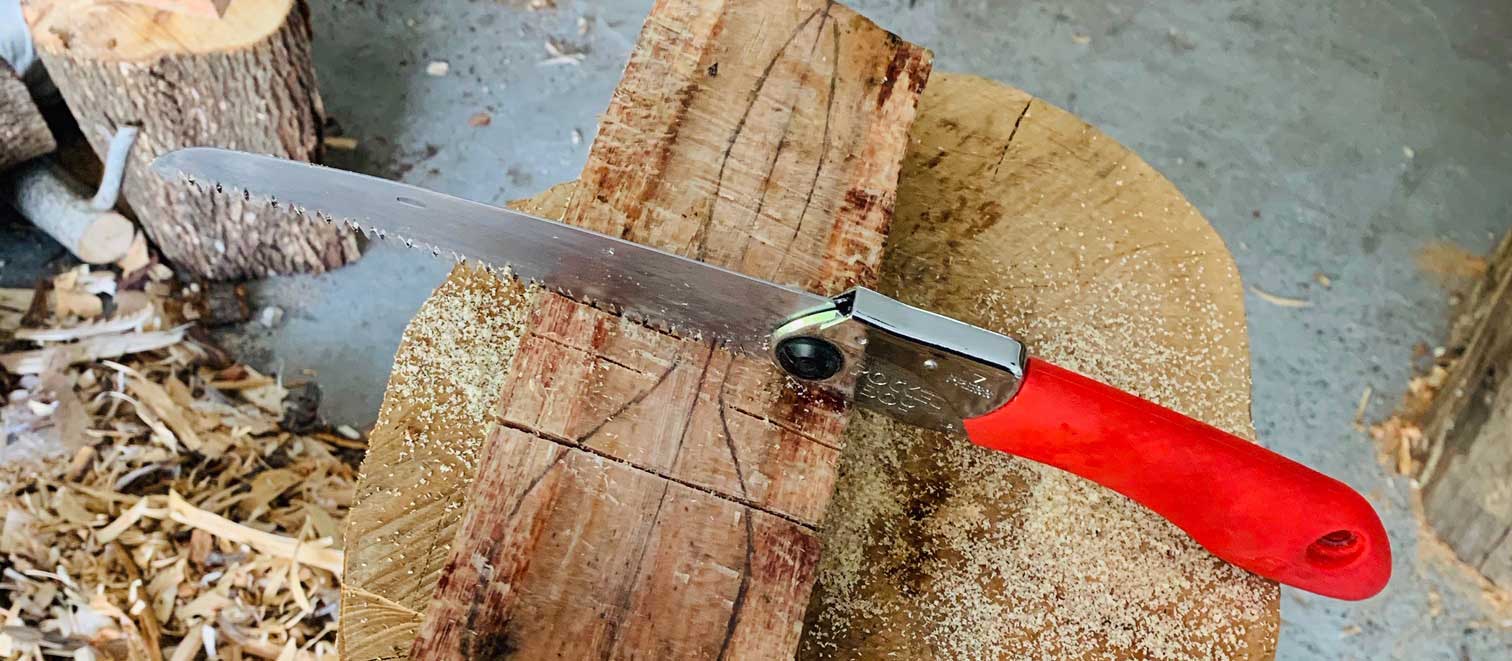
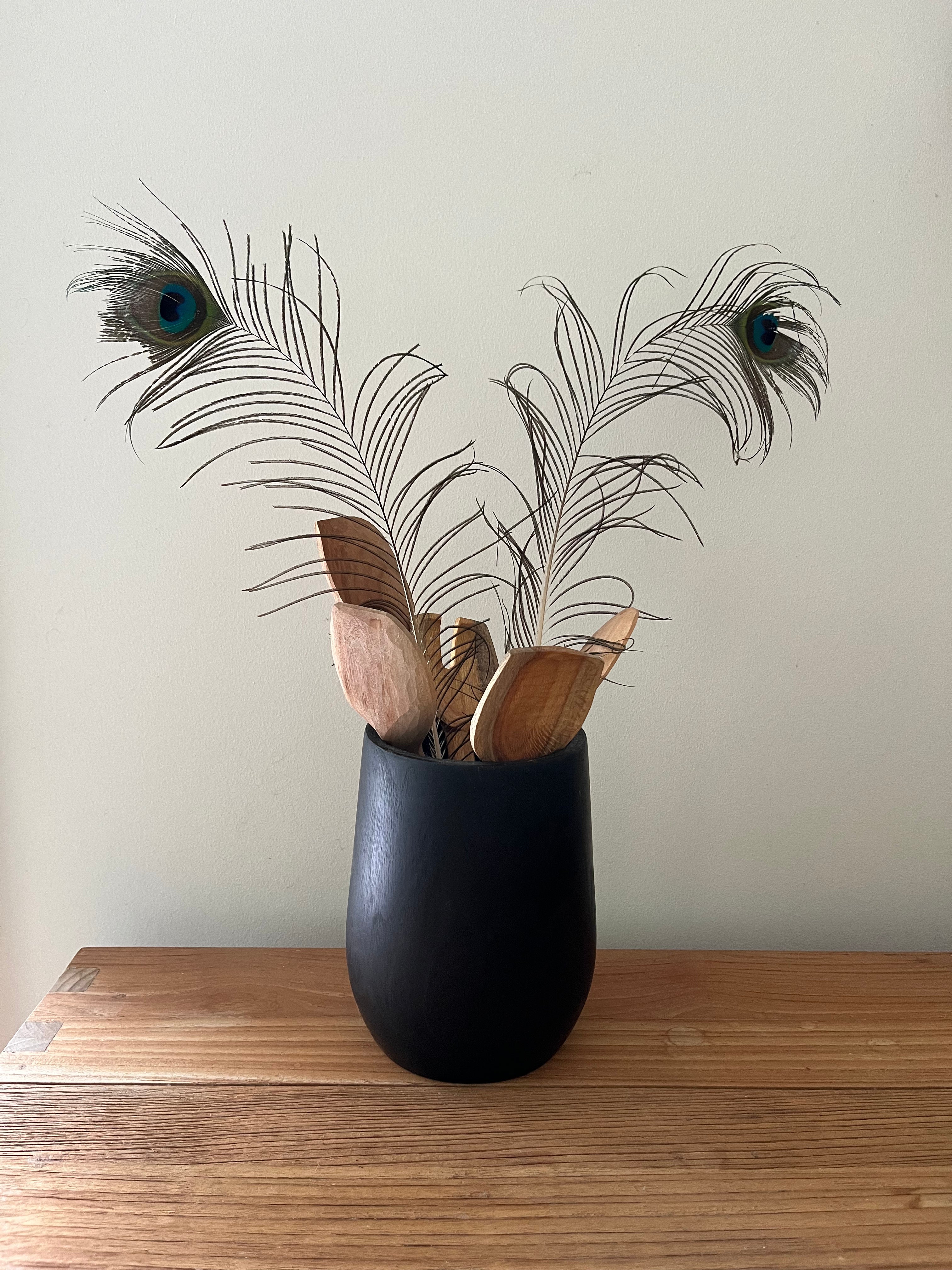
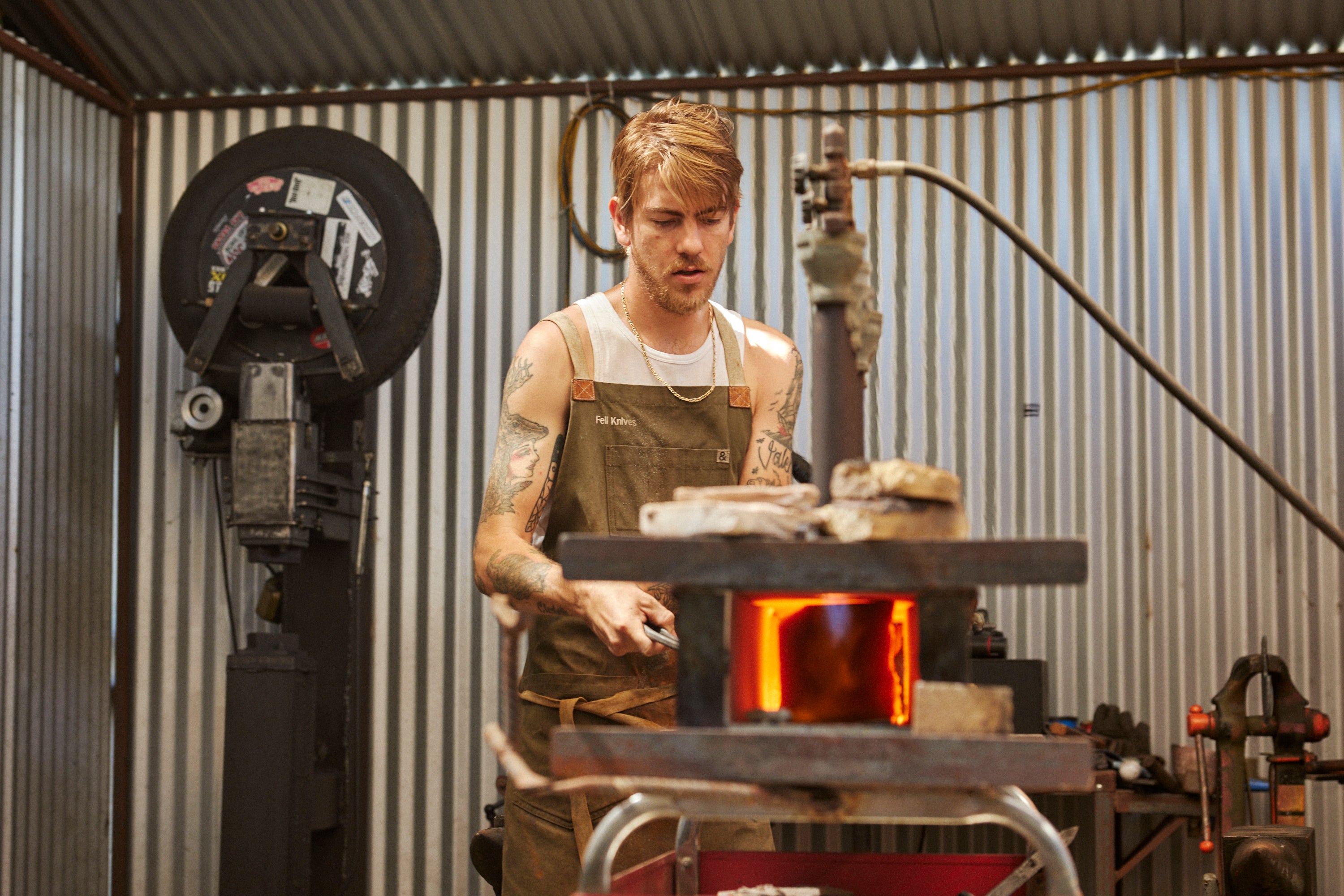
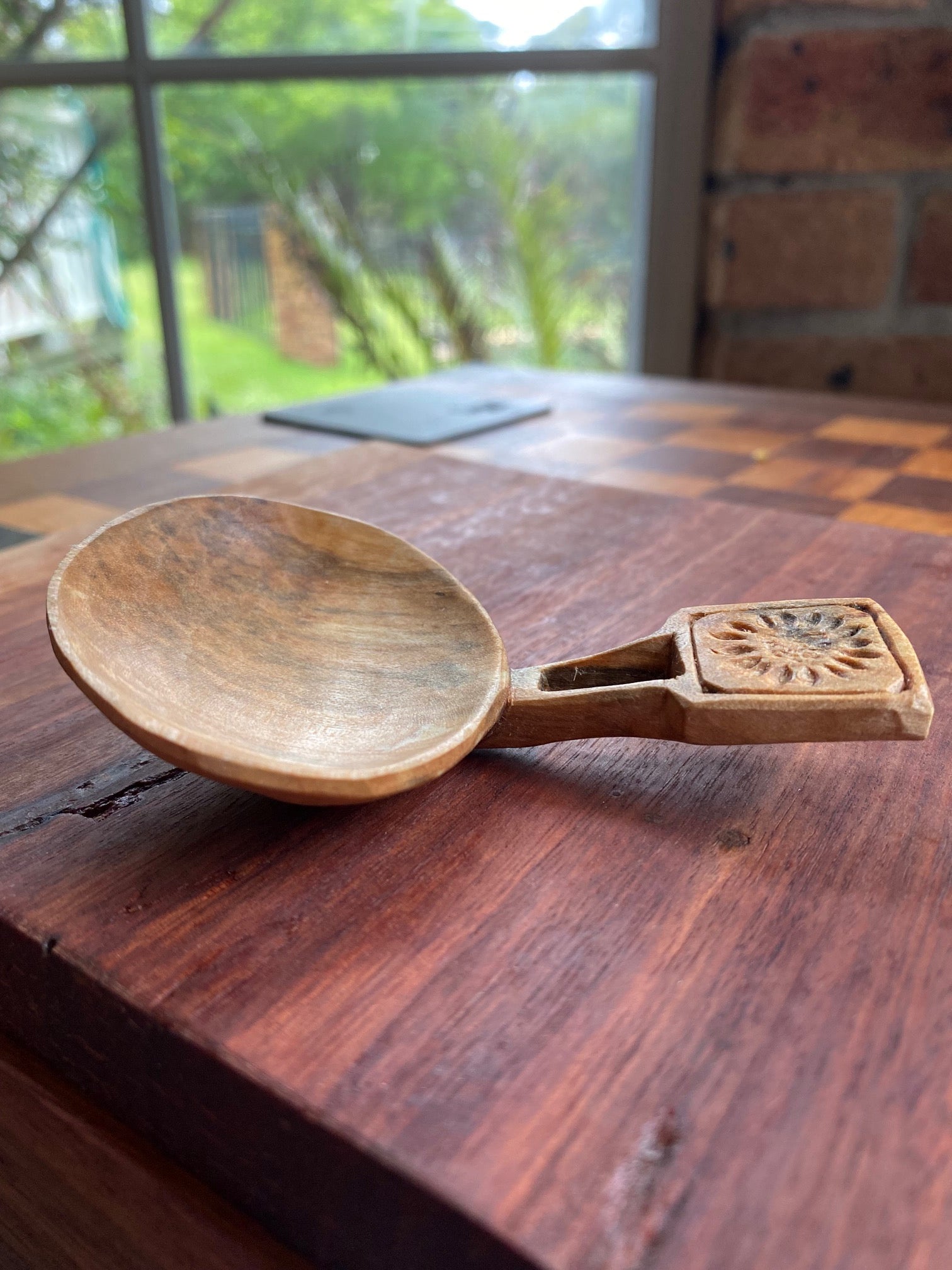
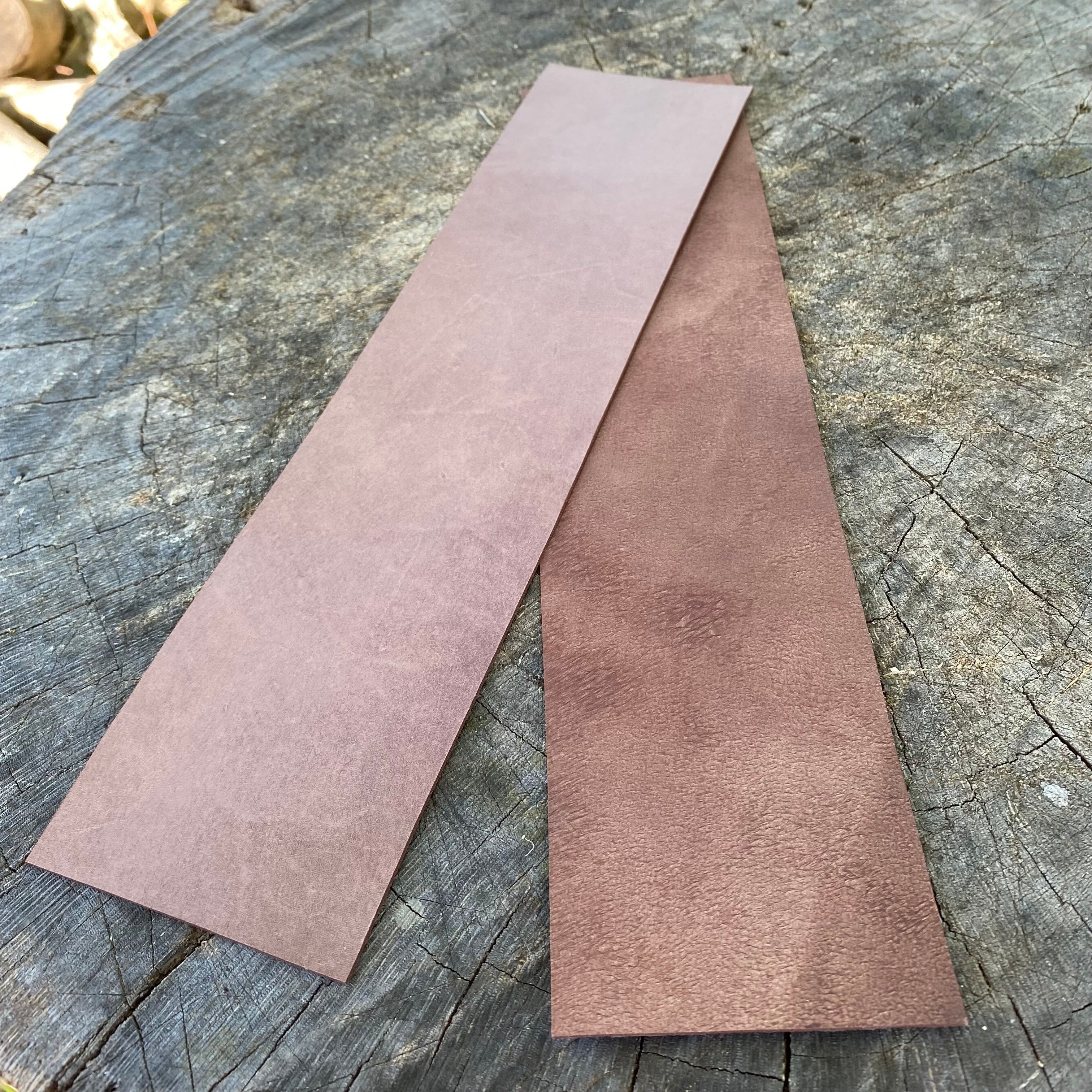
Share:
Carving out time for Creativity
11 comments
Thank you for this wonderful information. I am new to carving and new to Australia so I don’t really know the local species. As it happens I was glad to read this because I have zillions of camphor in my area. The local landowner has poisoned them and they are gradually being felled. Not how I like to treat the environment but the local flora and fauna has bounced back amazingly rapidly. I wonder, can I carve it when dried and aged, or will it only cut green?
Has anyone every tried broad leaf pepper? I work in bush regen in south east Queensland and there is heaps of it around here!
Nice one Chris. All good points.
Another good source of spoonwood is your local Bushcare Group.I’ve been a bush regenerator for many years and work with volunteers bringing back the bush around Sydney. All of my Box Elder comes from local bush regeneration projects. It’s one of my favourites for teaching spoon carving becasue it splits cleanly, is soft to carve and a serious weed, allowing me to talk about the impact of woody weeds on our environment as we carve. As does another big woody weed, Large Leaf Privet (Ligustrum lucidum). It’s beautiful stuff to carve and dries very hard. Small leaf stuff (Ligustrum sinensis) is similiar but tends to split in a spiral fashion. Not so good for a spoon.
Another exotic, though not as weedy as the Privets is Jacaranda. Wonderful stuff to carve. Can be a bit of a bugger to split sometimes but has nice colour and very pretty figure, not too hard and very stable as it dries. Very easy to cut too.
Cotoneaster is very pretty. Deep cherry colour, very hard when dry, splits well but… has a wavy grain that I find very difficult to work without tear-out. The only time I’ve sanded a spoon was when I made it from Cotoneaster.
I use a few native timbers too but only when it’s windfall or prunings destined for the chipper. Sweet Pittosporum (Pittosporum undulatum) is almost a weed in some areas and carves very nicely. Very pale, like Box Elder, but a finer grain and dries harder. It can have a few grub holes in it and invariably they appear in the bowl!
I too like Banksia but a favourite of mine is Cheese Tree (Glochidian Ferdinandi). Another rainforest margin species (like Pittosporum), can grow to be a medium to large tree. Splits cleanly, has a texture a bit like cherry but not quite as smooth. Takes a good shine with sharp tools. Has a pale sapwood with heartwood tending to maroon/brown. The sapwood can go a horrible yellow when first cut but it mellows to a nice honey colour. Lovely stuff. I recommend it highly.
For more figure and colour it’s hard to go past Sheoak. My most common local species is Black She-oak (Allocasuarina littoralis).Very hard when dry but almost waxy when green. Splits very cleanly and holds some very nice detail when carved. Striking figure and colour with the medullary rays giving it a gleam like what we see in Silky Oak and Banksia.
And don’t forget the Wattles (Acacia spp)! We have loads of Acacias all over Australia. Some are easier to carve than others but they’re almost all worth a go. The highly celebrated Blackwood is a wattle. One of the best I’ve found locally is Cedar Wattle (Acacia elata). Pink and brown, splits open like a book, shiny medullary rays and very easy to carve when green. Great stuff.
There are so many more out there that I can’t think of off the top of my head right now. As you’ve said, try them and see what happens.
Most local government areas have some sort of Bushcare program so join up, help your local bit of bush and score some free spoon wood too. Cheers!
Great info. Thanks!
To reduce the chance of splitting and checking the best option would be to have a big commercial freezer to store all of our wood in but as that is not an option for most (all) of us perhaps a chest freezer or maybe a shelf in your freezer. Next option after that is for a short period you can wrap in plastic but this will start to go mouldy fairly fast, especially in warm weather. Storing in a tub of water for a short period can also work but the water goes funky pretty fast (you can add vinegar to reduce this) but I also wonder what effect it will have on the wood in the long run as it swells in the water and then contracts when it dries later on. Another option is to seal the ends with PVA glue or an End Check Sealer like this one from Timbecon https://www.timbecon.com.au/end-check-liquid-wax.